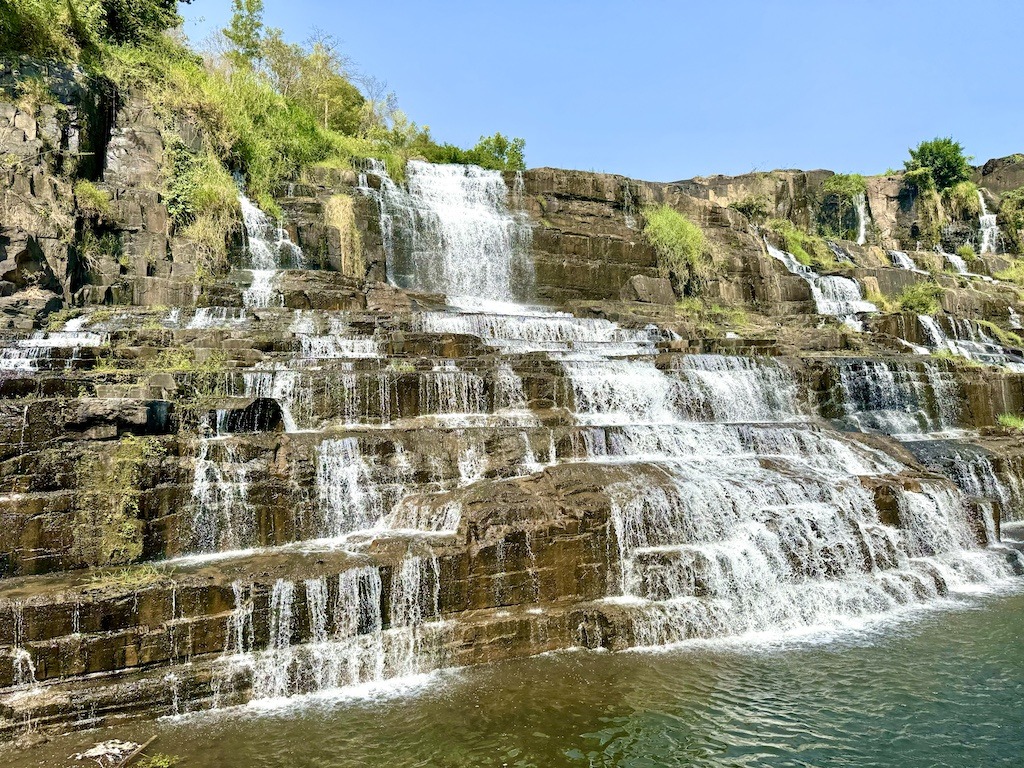
Outdoor Adventures by Motorbike
One of the best ways to see the amazing countryside of Central Vietnam is by taking an Easy Rider motorbike tour. I was based in the flower city of Dalat for 10 days in April. However, I found a way to explore the Central Highlands’ lakes, waterfalls, mountains, and natural areas. I hired a motorbike driver from the Easy Rider group to take me to see the life of rural Vietnam on the back of his bike.
Posts may contain links to products and services I love. I may make a small commission from them, at no extra cost to you. Thank you for supporting my blog.
What is Easy Rider?
The Easy Riders are a group of licensed tour guides offering trips throughout Vietnam by motorcycle. They are passionate about introducing people to the culture and beauty of the Central Highlands and beyond. The motorbikes have a pillion, a raised seat behind the driver, so you can easily see the sites.
I did two different trips with Easy Rider during my time in Central Vietnam. The first was the Dalat Countryside Tour, a full day of exploring amazing sites with my daughter. Our guides were Ocean and Jack. They were extremely personable and knowledgeable about the sites we visited. We couldn’t stop smiling during the entire trip as the guides made the experience so adventurous, fun, and informative. They both had been doing Easy Rider tours for 18 years.
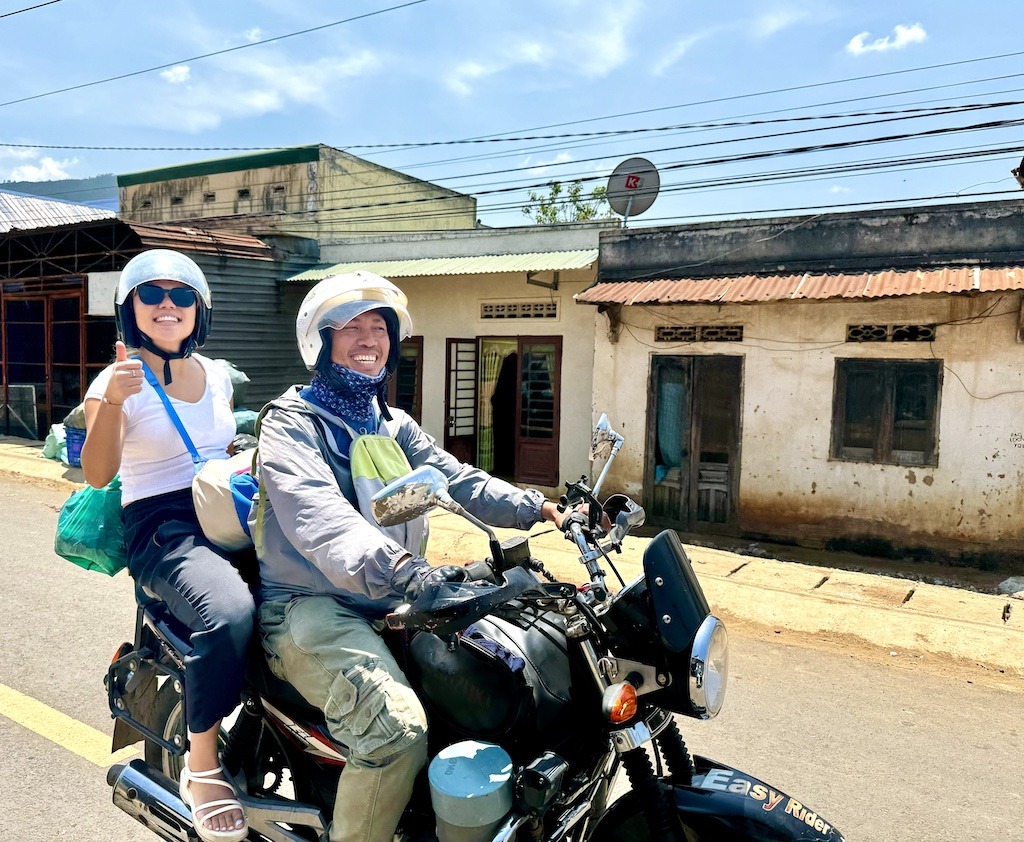
I enjoyed the one-day tour so much, that I asked my driver Jack to do the two-day overnight tour way up into the Central Highlands. My daughter had to return to work, so Jack and I had an amazing motorbike ride into the most remote parts of Central Vietnam.
There is some debate about which company is the original Easy Rider company. However, I had contact with both Dalat Easy Riders and Vietnam Easy Riders, and both were excellent companies. Many riders work for both organizations.
Dalat Countryside Easy Rider Tour
The guides met us at 8:30 am at the Sweet Lavender Hotel in Dalat. We wore long pants, sneakers, and sunglasses, and brought a small day pack with sunscreen, a camera, water, and an extra layer as Dalat has a temperate climate so it can be chilly riding in the mountains.
Tuyen Lam Lake
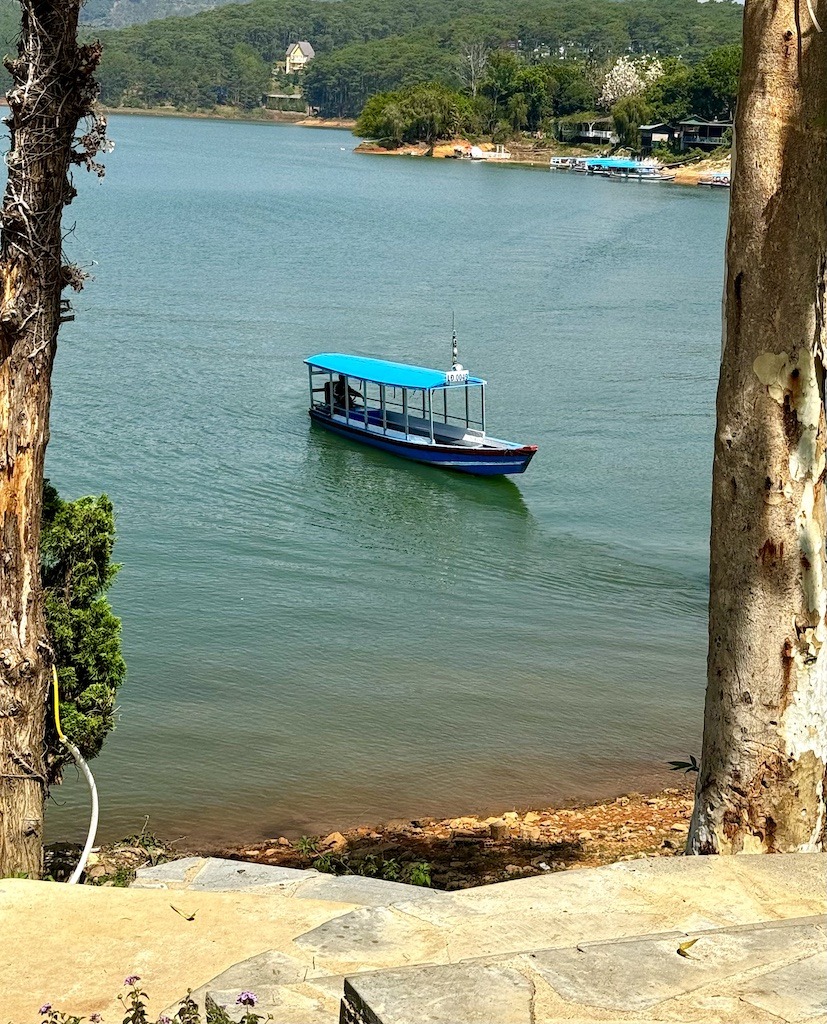
The first stop was the serene lake outside of town, Tuyen Lam Lake. We relaxed in chairs overlooking the lake while we sipped coffee or strawberry tea. Strawberries are a popular crop in Dalat, so make sure to sample the strawberry tea.
Flowers, including hydrangeas, and a purple-flowered tree surrounded us. The tranquility of the lake is a draw to both locals and international travelers. Boats cruise the lake with visitors to enjoy the tranquility. Several companies offer a kayaking and hiking tour around the lake, which I wanted to take, but I ran out of time.
Related Post -> Best Kayaking in Hoi An, Vietnam
Chicken Village
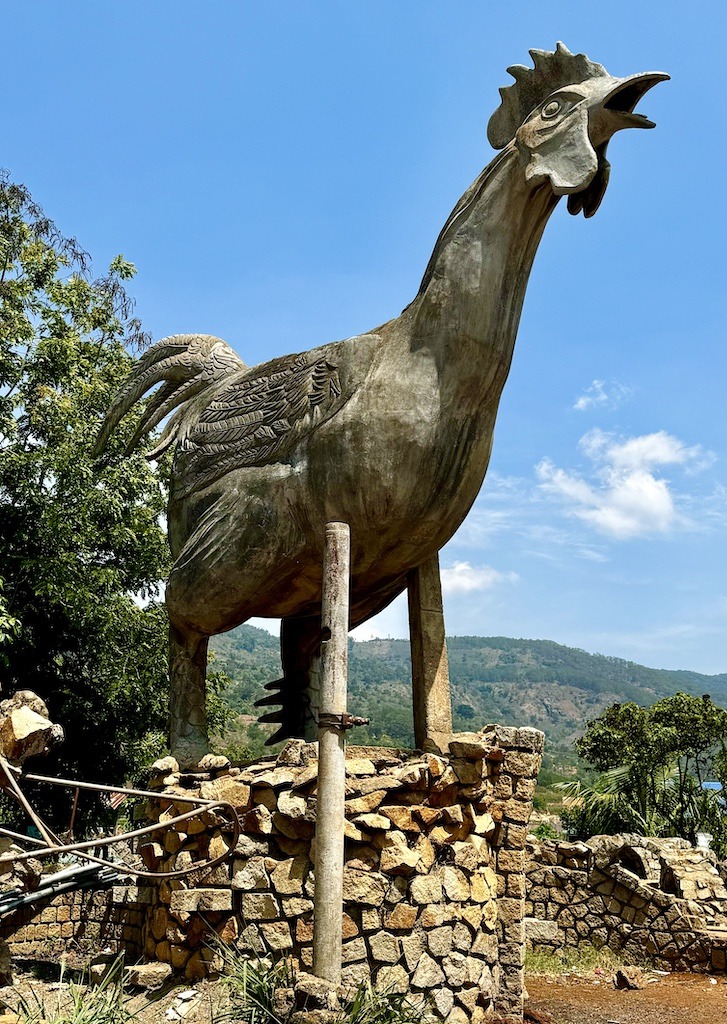
The next stop was the Chicken Village, a traditional village of the K’ho minority people. A huge statue of a chicken dominates the center of the village. While the larger-than-life statue seems out of place, it represents an important local story.
As the story goes, it is traditional in the K’ho culture for the wife to give five water buffalo to the potential husband‘s parents as a dowry. However, there was a poor girl who fell in love but did not have five water buffalo to give. The boy’s family said that she could marry their son if she found the rare chicken with nine spurs on its legs. Nine is a lucky number in the culture.
So she went into the jungle looking for the chicken with nine spurs on its legs. Normally chickens have one on each leg. She stayed in the jungle for a very long time but couldn’t find the chicken and died there. The boy who loved her, went looking for her in the jungle, but when he found out she had died, he killed himself.
So they built a statue of a chicken with nine spurs in the town so this wouldn’t happen again.
Meeting a villager
In the village, we also met a native man at a café. He was reading aloud from a book about motherhood and babies. The old man was very kind and knew a few English words. Ocean, the guide, tried to talk to him, but the K’oh people speak different dialects. Ocean knew a few words, but not all. I asked the man how old he was. The man said he didn’t know how old he was or what his name was. He said it didn’t matter. He looked about 80 and wore the wisdom of life on his being. It was a lovely interaction.
The Mushroom Farm
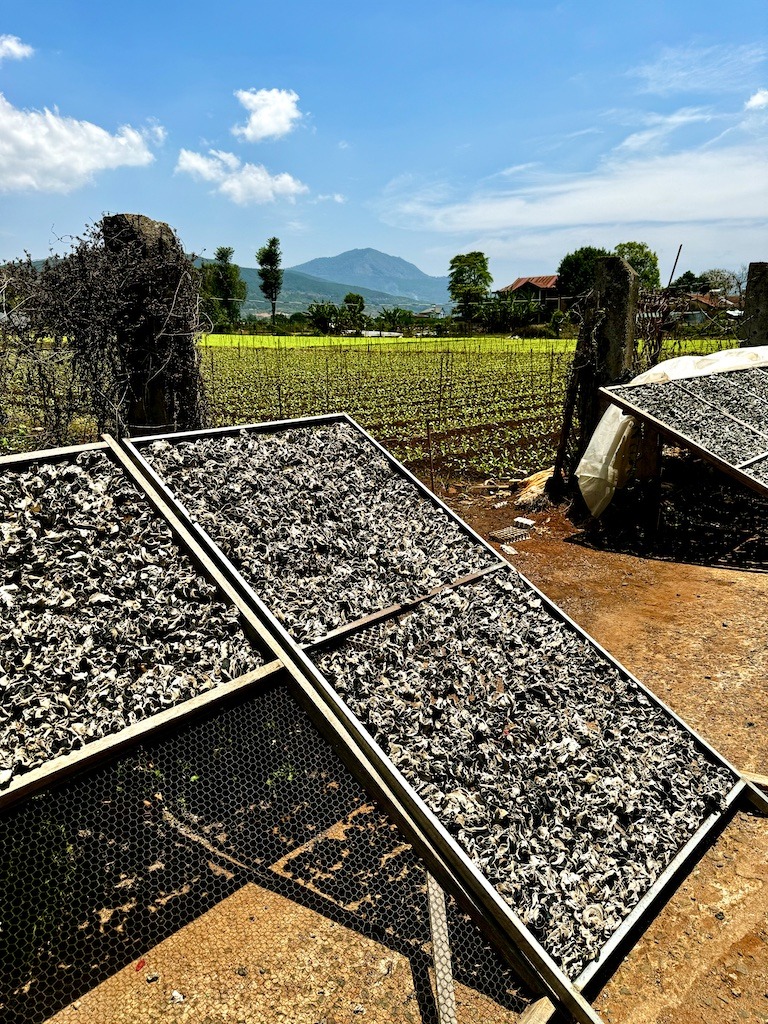
Next, we stopped at the mushroom farm. There were wooden frames of mushrooms drying in the sunshine along the small road. At the farm, Ocean explained how the mushrooms grew. They are called wood ear mushrooms, which are very popular in Vietnam. They are used in soup and in spring rolls.
The mushrooms grow under covered plastic greenhouse-like buildings. Cylinders of sawdust are suspended from the ceiling. They look like huge sausage links of whitish-yellow sawdust encased in a plastic sleeve. The farmer pushes the mushroom embryo into the sawdust and waters the sawdust sausages. They use a stick to inject the spawn into the cylinders of sawdust.
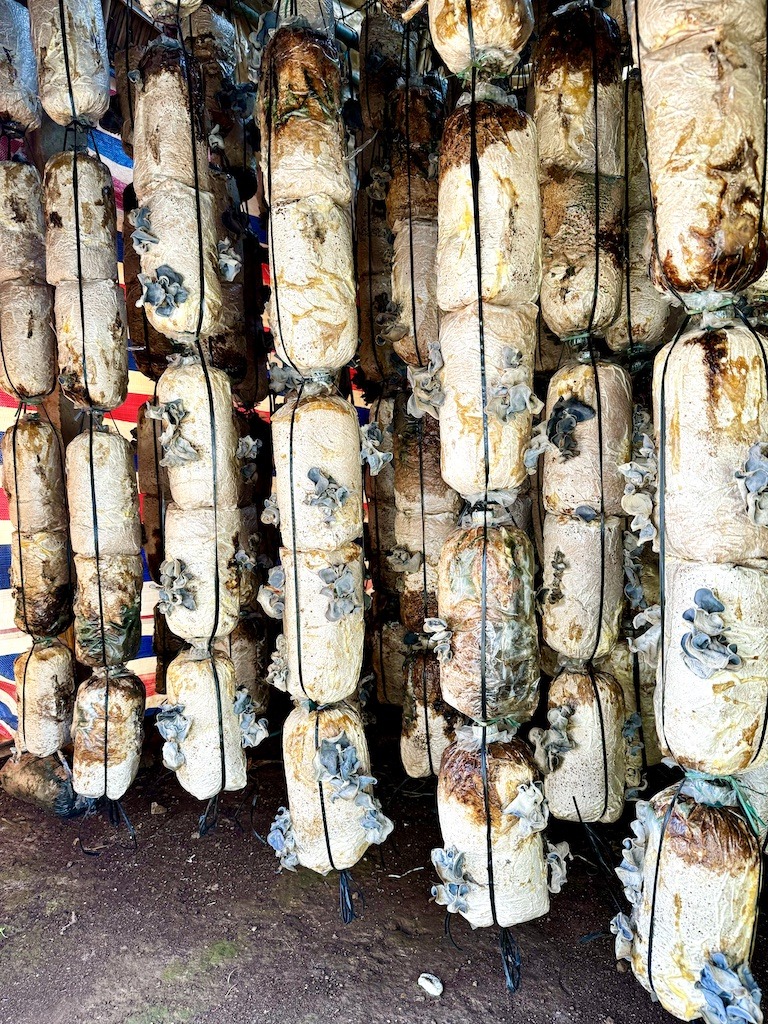
The wood ear mushrooms emerge from the sawdust appearing like gray ruffles. Once they grow large enough, workers cut the mushrooms off the cylinders with a knife and drop them on a tarp. The tarp is pulled out of the covered greenhouses and laid in the sun. Then, the wood ears are put on the wooden frames to dry some more.
The best time to grow the mushrooms is during the rainy season because the moisture and humidity in the air make the mushrooms bigger. The mushrooms we saw were smaller and hence, were not worth as much money to the farmers. The mushrooms are sold in the markets in Dalat. In the rainy season, the farmers hire workers to cut the mushrooms as the harvest is greater.
After having wood ear mushrooms in many dishes in Vietnam, it was interesting to know where they came from.
Elephant Waterfalls
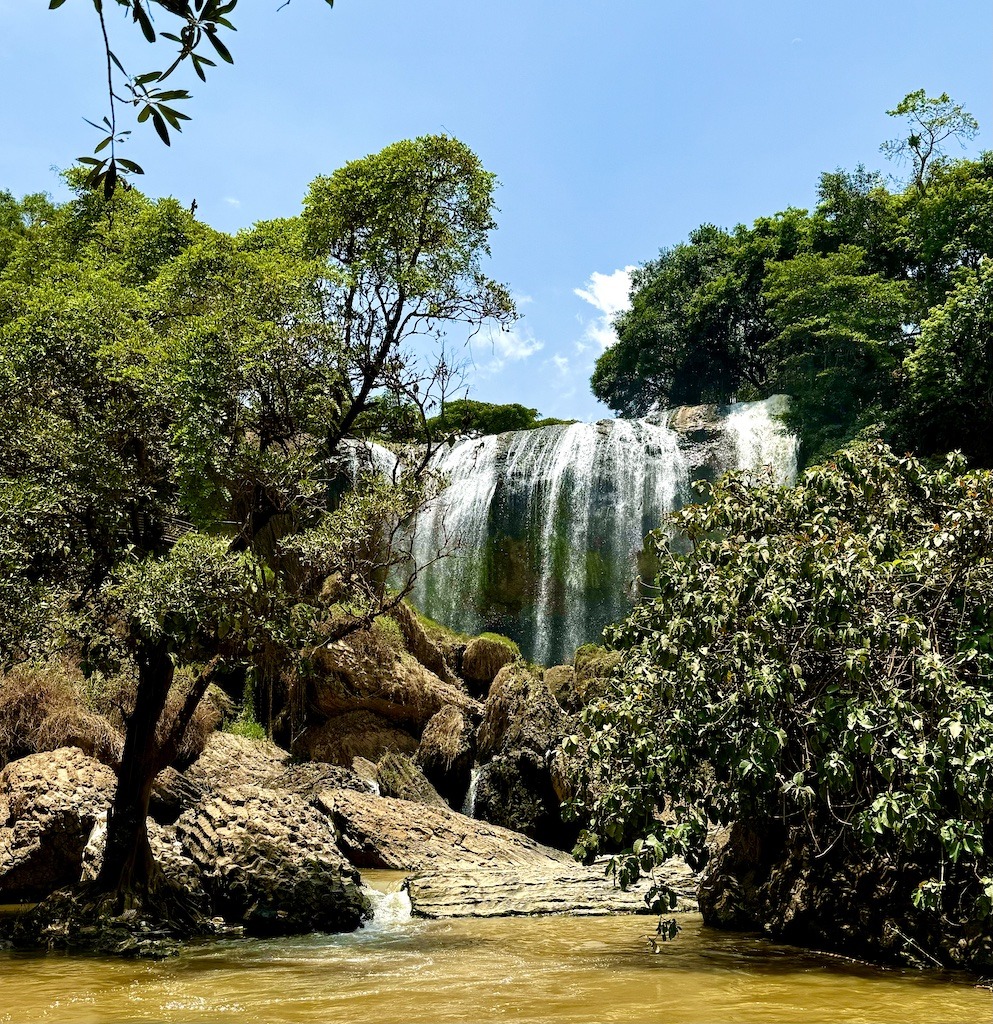
Elephant Falls is one of the impressive waterfalls in the countryside around Dalat. The main entrance to the falls was closed to the public. Visitors used to be able to walk behind the falls, but that is closed due to the instability of the waterfalls. Instead, we took the motorbikes down a small and bumpy road in, past a huge lady Buddha statue, and then walked up to the bottom of the falls. Even though it’s the dry season, the falls are a huge cascade over a high cliff.
The area below the falls was rocky but we were able to climb around on the slippery rocks to get a great panoramic view of the falls.
Related Post -> 5 Outdoor Adventures in Hoi An, Vietnam You Will Love
Linh An Pagoda
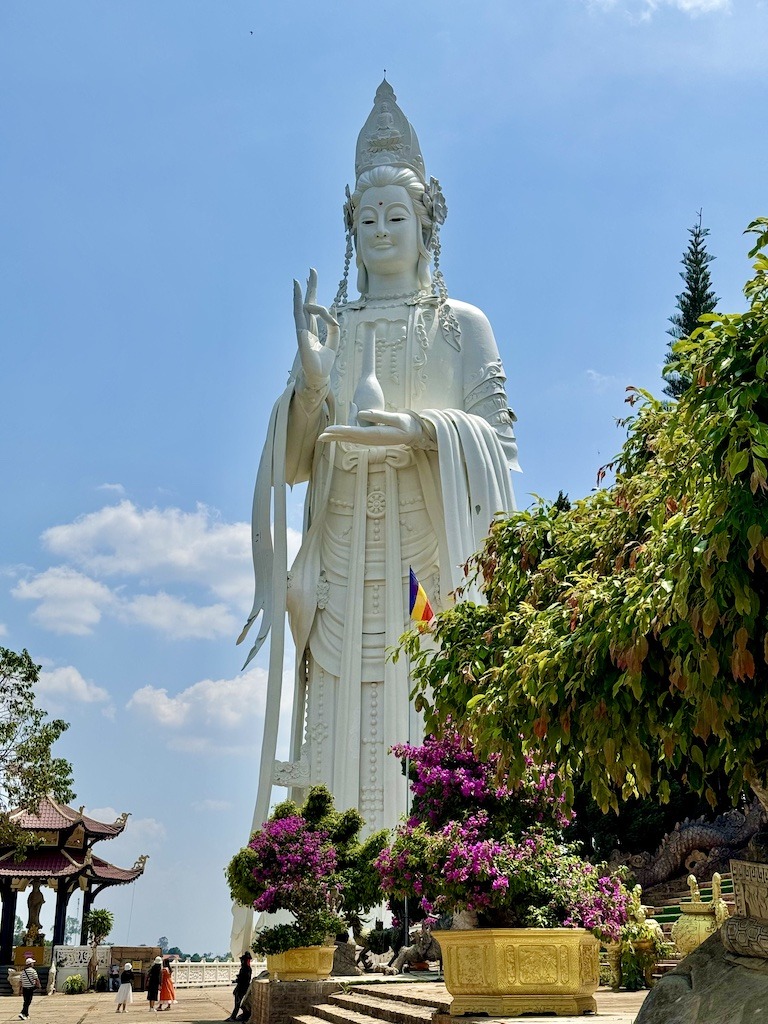
A huge lady Buddha statue dominated the skyline as we rode into Elephant Falls. Linh An Pagoda is a brilliant white stature that at 71 meters high can be seen from all directions. There is a carved marble statue with an intricate design in the front of the pagoda. It is a shrine where people burn incense and say prayers to Buddha. We went inside and there were ornate statues and paintings on the whitewashed walls. We climbed the steps and on each level, there was another alcove with beautiful paintings and symbols of Buddha.
My daughter made it to the top, but I stopped halfway and took photos out of the windows. The scenes of the agricultural land in the area and Elephant Falls were gorgeous.
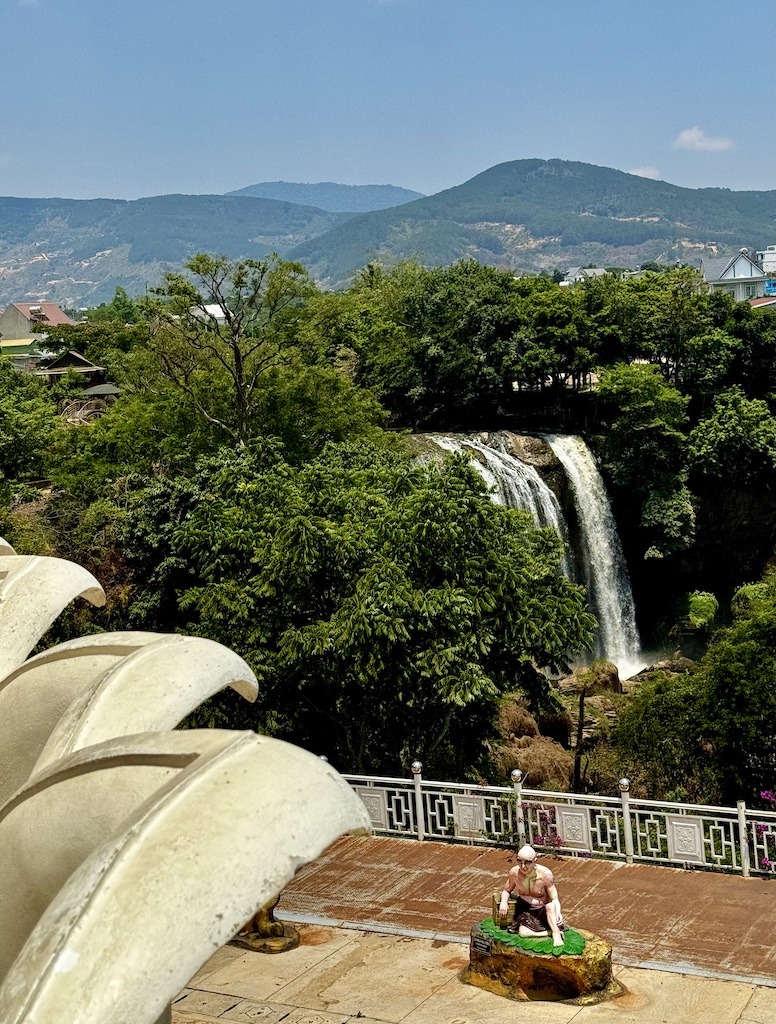
Visiting the pagoda
Next, we visited the main hall of the pagoda with five statues of Buddhas. Offerings of food and flowers had been left for the Buddhas. Our guide Jack explained that the food was not necessarily for the Buddha to eat, but for the ancestors who had died. There is a belief in Buddhism that people come back again, and the offerings to them in the nether realm are the reason for the food. Jack also talked about karma and how deeds in this life translate into the afterlife. So, if you did good deeds and acts of kindness, you would receive the same. If you did evil deeds, you would suffer from that.
We saw a Happy Buddha statue. It was a big, gold, smiling Buddha with a round tummy. This Buddha was designed to spread happiness to people. As a result, I couldn’t help but smile while viewing it.
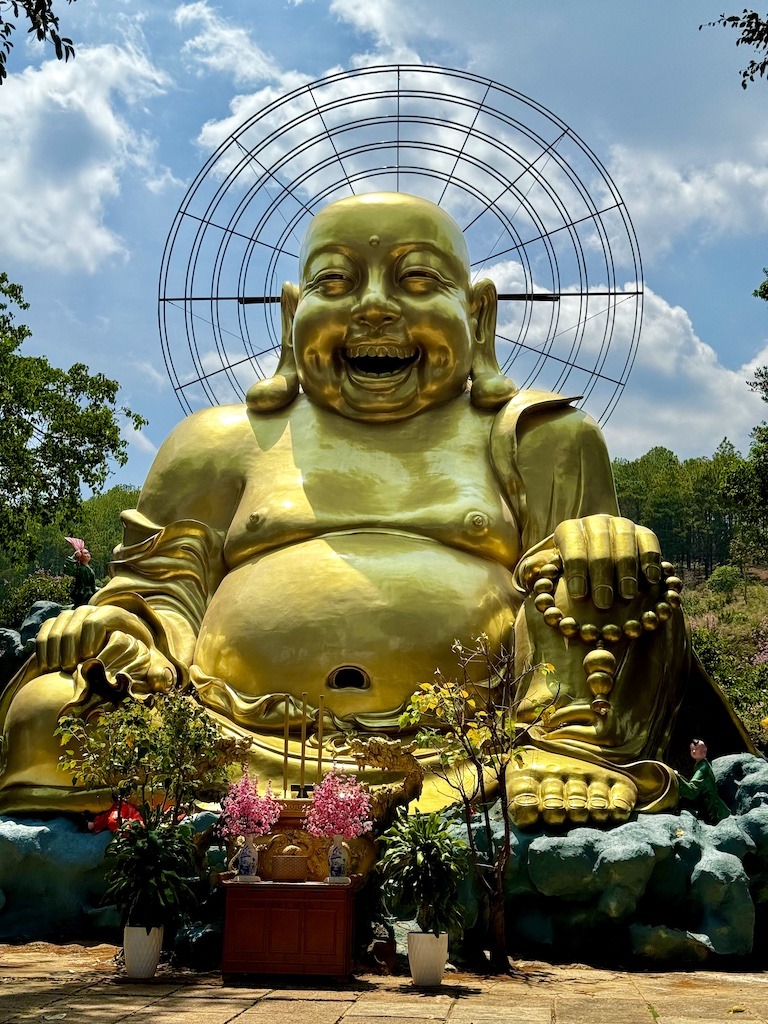
Finally, we saw another huge golden statue of Buddha on another flower-lined pathway. We wondered why it looked like there was a swastika on the chest of this Buddha. It turns out that the symbol is slightly different than the swastika in that it is inverted. The symbol has been around for 10,000 years, which is the most number of years that could be counted. The Buddha has lived all that time.
Lunch with a view on the Easy Rider Tour
Next was lunch at a restaurant, overlooking the valley, and the huge lady Buddha statue. The guides pre-ordered for us based on what we wanted. This made it easy because the food was ready when we got there. You pay for the food and drinks separately, it doesn’t come in the cost of the trip. However, the trip fee includes admission to the different farms we went to.
Silk Factory
After lunch, we visited the silk factory, which was fascinating. First, Jack explained the lifecycle of the silkworm going from the moth, laying the eggs, and then the eggs maturing into tiny larvae. Then the larvae grew larger and spun the silk around itself. This is the stage where the pup Pa develops in the silk cocoon. It eventually develops into a moth and drills its way out of the silk cocoon. However, the cocoon is not useful for silk-making after the moth has drilled its way out. So they collect the cocoon with the pupil still in it. In that way, the strands of the silk are not broken.
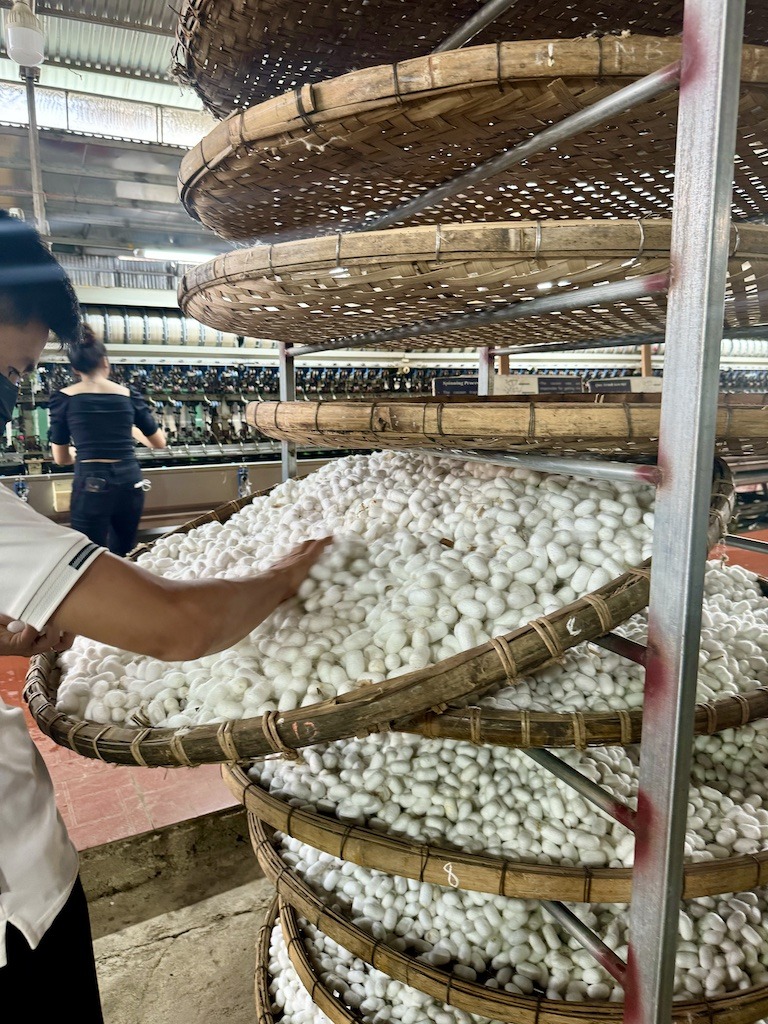
The process of extracting the silk thread is incredible. The silk cocoons are processed in hot water, and then, using a very elaborate machine, ten cocoons join together to make one strand of silk, which is spun on large bobbins. We took one of the hot water-processed cocoons and unwound the fiber. The guide said the strand could go 200 yards from one of the silk cocoons.
Tasting silkworm larvae on the Easy Rider Tour
The leftover spent silk cocoons are sorted by hand into ones with good larvae still in them, and ones without larvae. The cocoons without larvae are used for animal feed. However, the ones with larvae in them are shipped to market because people eat the larvae. We had a chance to sample slightly dried silk larvae. It was chewy and slightly nutty-flavored. It is probably an acquired taste, but I thought it tasted pretty good.
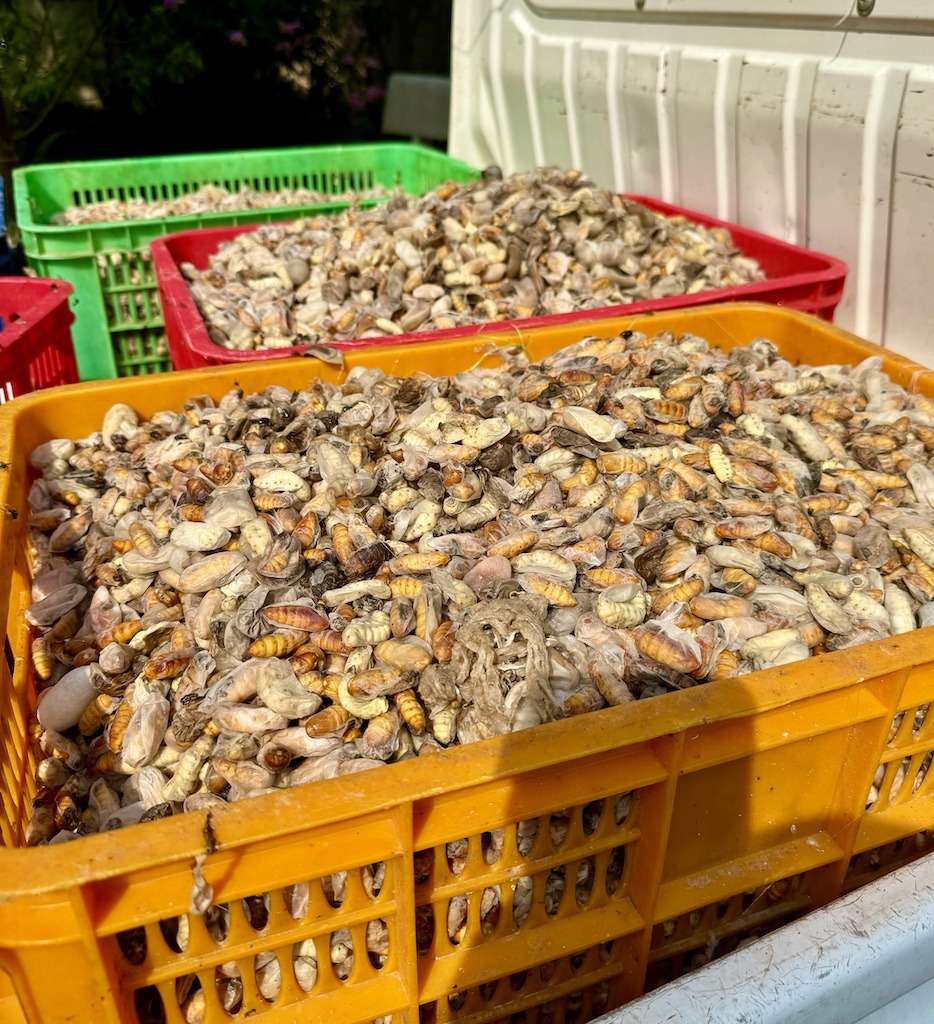
We bought some silk scarves of the highest quality silk. The guide said they were much less expensive here than in the local market. I got a gorgeous scarf for 350K Vietnamese dong ($14 US).
Cricket Farm
We got back on the bikes and headed to the cricket farm. They also make rice wine there. Rice wine is made by adding water to rice and letting it sit. Then yeast is added and it ferments for about a week. After that, it is put in a boiler that reminded me of a round maple syrup boiler. The fermented rice water condenses into rice wine. The leftover rice and broth are collected to feed the pigs. It’s supposed to be good for the pigs’ digestion.
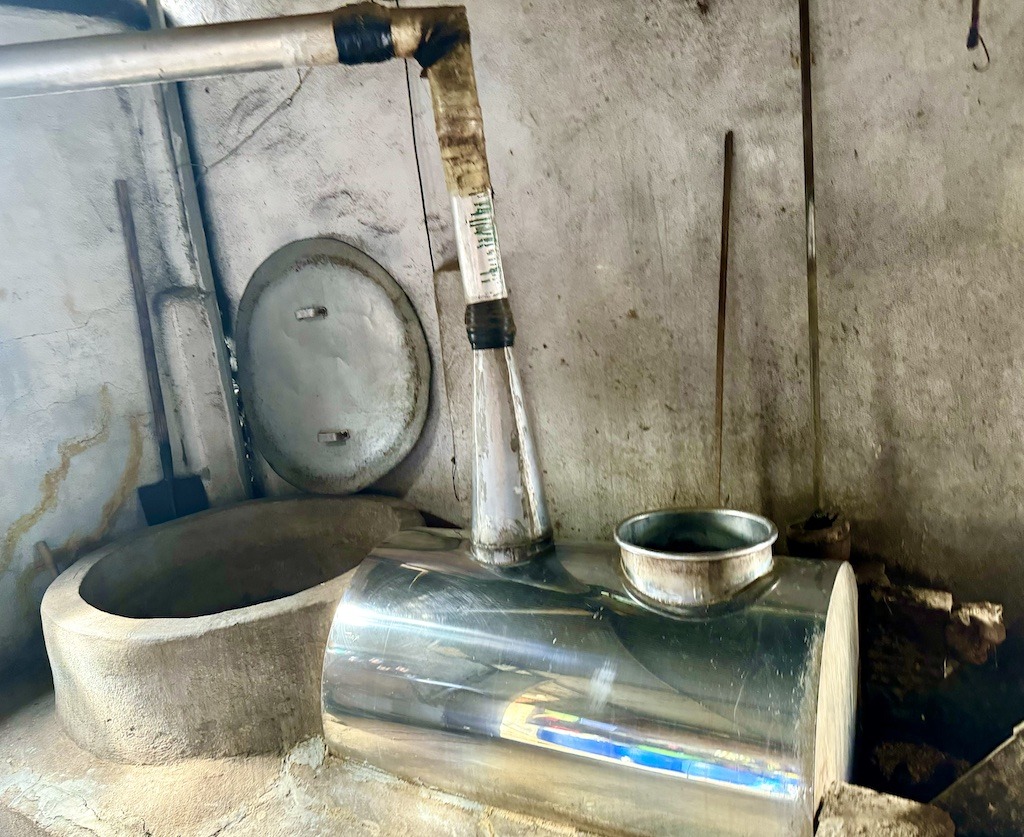
Then we walked back to see the crickets. On the way was a crocodile in a pond with bars over it. Who knows why there was a crocodile there but I guess you never know when you need a crocodile.
The crickets were kept in big boxes filled with vegetation. Watered-down trays of corn provided food for the baby crickets. The baby crickets were as small as fleas. As they got bigger, they moved from box to box until they matured. The crickets are grown as a food source. They are very popular in Vietnamese cuisine where they are stir-fried with lemongrass, or added to fried rice.
We got to eat some dried crickets. They were a yummy snack. You could poke a toothpick in one and dip it in a spicy sauce and it was really good. I liked just grabbing a few handfuls and munching on them.
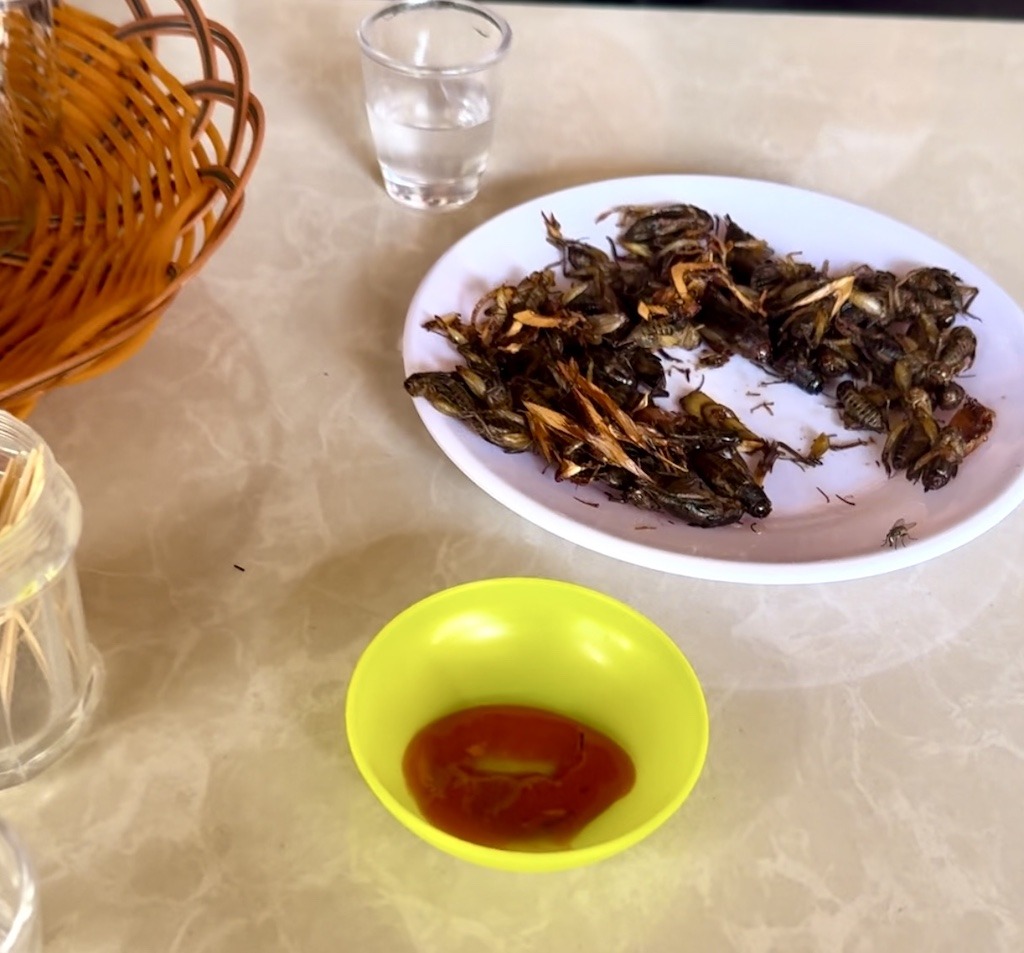
We also sampled three different kinds of rice wine with them. The strongest one was called happy water. A Vietnamese tradition of sharing happy water with visitors is popular as everyone becomes happy quickly due to the high percentage of alcohol in it.
Related Post -> A Spectacular Trekking Adventure in Sapa, Vietnam
Weasel Coffee Farm
One of the last stops was the weasel coffee farm. The guides had hinted about this stop for the whole trip so I was curious. I couldn’t wrap my brain around how weasels make coffee.
We saw an incredibly unique production with live weasels in a large enclosure like a bird apiary about the size of a basketball stadium. Coffee trees grew in the enclosure as food for the weasels. The weasels lived in the cage and rested in wooden boxes along the edges, high on the walls.
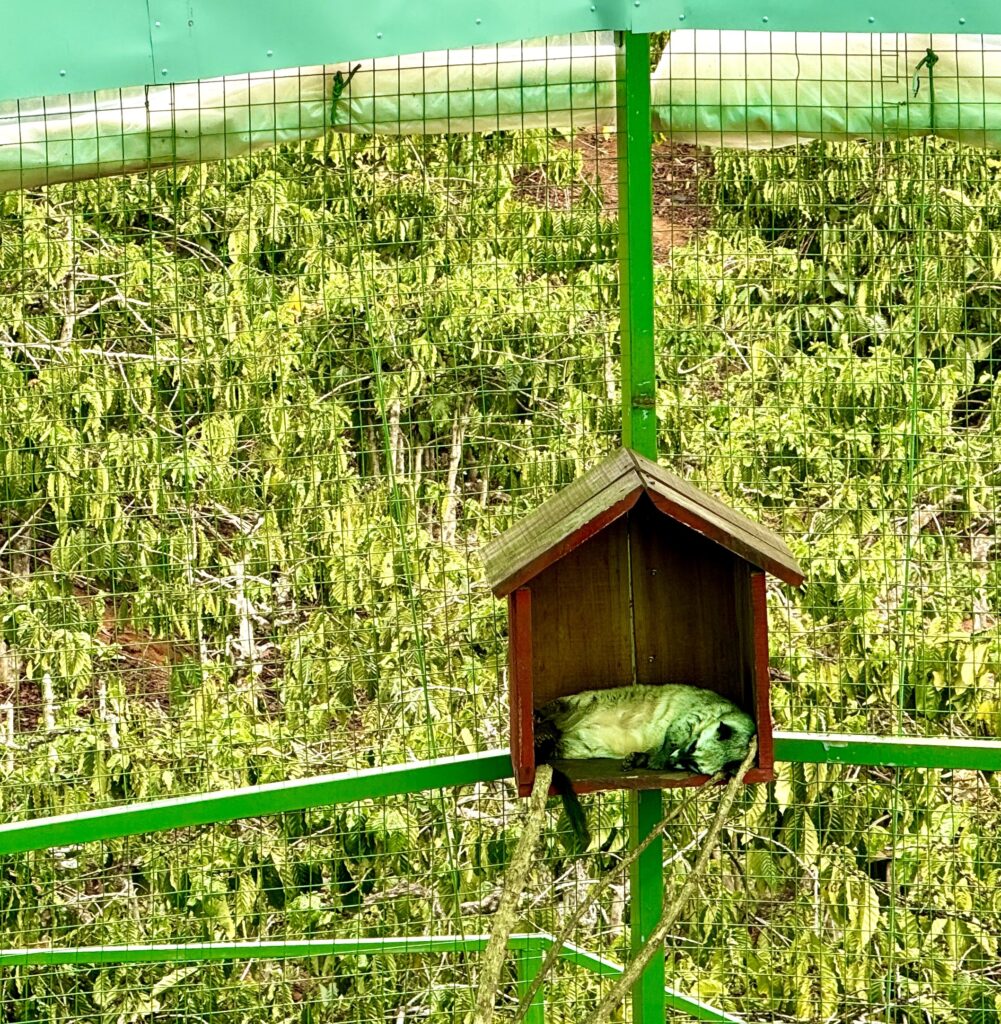
When the coffee beans were ripe weasels ate the coffee beans. Enzymes in their stomaches, particular to weasels, flavor the coffee beans. Since the weasels can’t digest the coffee beans, they poop them out. The weasel poop is collected, dried and further processed into very expensive coffee. The weasel coffee is quite rare and unique. It has a special flavor due to the enzymes from the weasel’s stomach. It costs 480k dong ($19) for 100 g (3.5 ounces) of coffee beans.
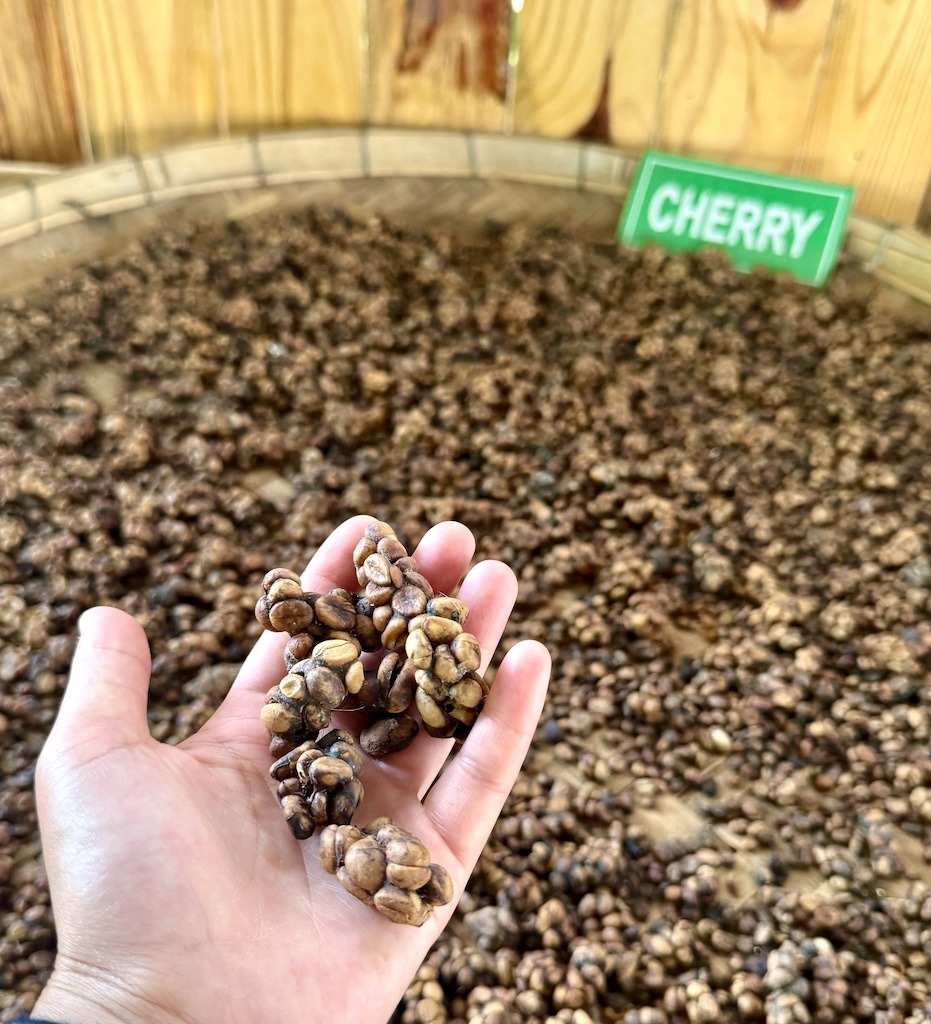
We sampled different weasel coffees made from different coffee tree beans. The varieties were cherry coffee beans and mocha coffee tree beans. They tasted like neither cherry nor mocha but had a very flavorful taste and an amazing aroma. Like most Vietnamese coffee, it was very strong.
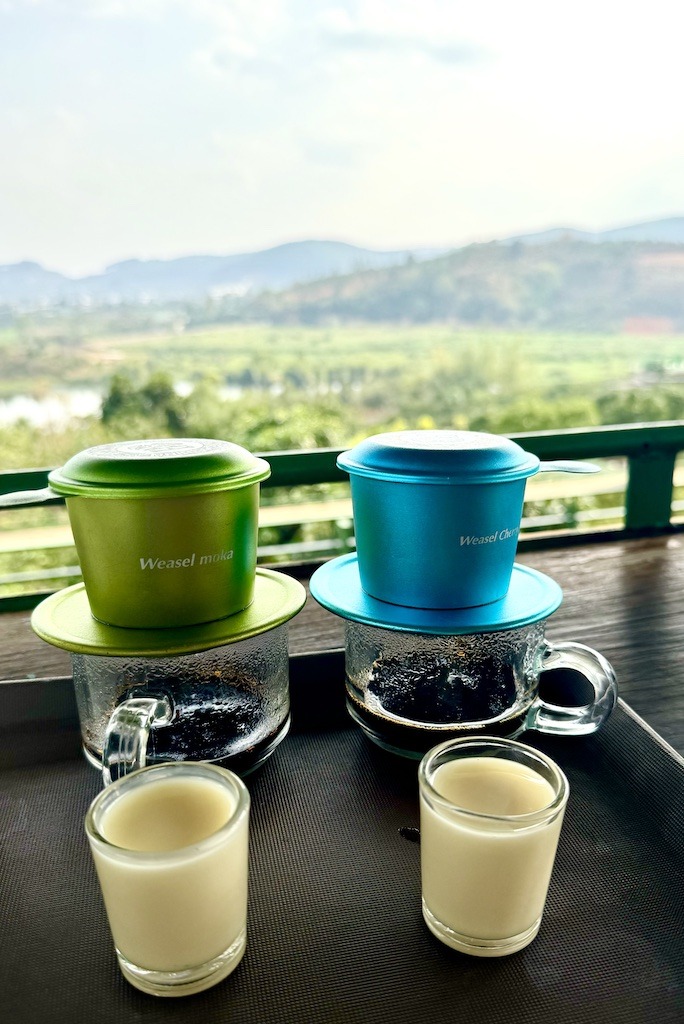
We had taken a long time at each stop because they were so fascinating, and it was getting late. The tour was supposed to end at 3 or 4 pm, but ours didn’t end until 5 pm.
Van Thanh Flower Village
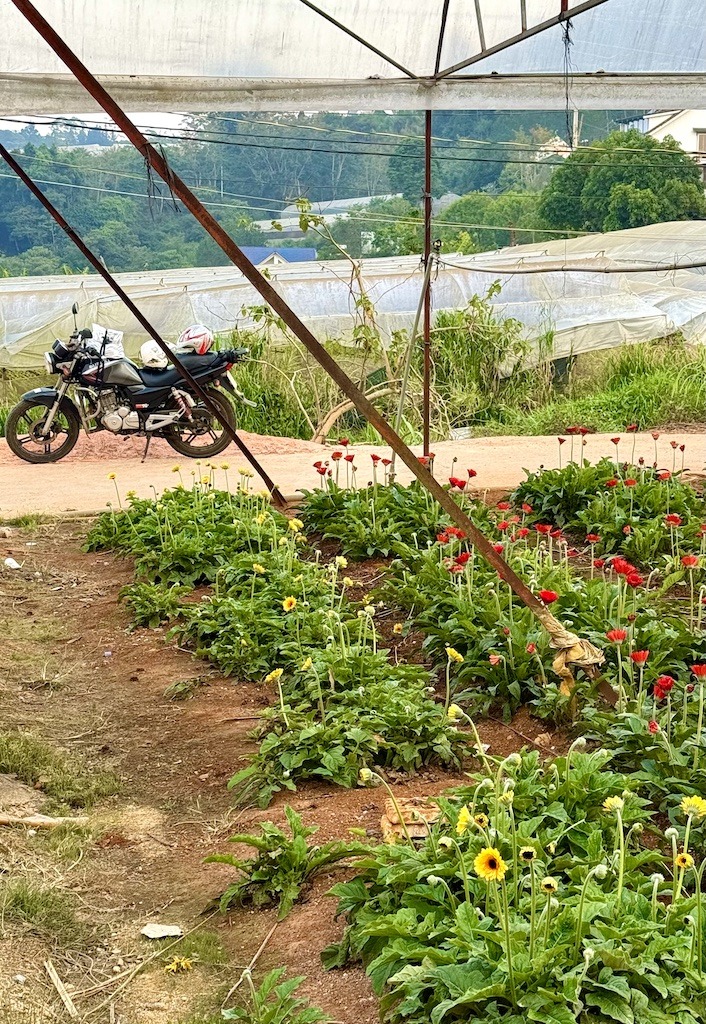
The last stop on the Easy Rider tour was a quick visit to the flower farm. Dalat is known as the city of flowers because they grow so many flowers. Some of the ones we saw looked like zinnias. They also grow roses and other varieties of flowers. Most of the flowers are shipped to Saigon to be sold at market. They are cut early in the morning, and after seven hours make it to Saigon to be sold. About 50% of the people of Dalat are farmers and 50% work in the hotel and tourism industry. You could look over the countryside to see miles of greenhouses used to grow the flowers. There is a lot of vegetable production, but the greenhouses are mainly for flowers. Jack said 70% of the farmers work in the flower farming business.
Overnight Easy Rider Tour
As I loved the one-day Easy Rider Tour so much, I did an overnight Easy Rider tour with Jack to a more remote part of the Central Highlands. They also offer multi-day Easy River tours all over Central Vietnam.
The overnight tour travels to Lak Lake, one of the largest freshwater lakes in Vietnam. Majestic mountains and the villages of the Mnong people surround the lake. These ethnic minority people live in longhouses on stilts near the water. Fishing from long wooden boats is a mainstay of life on the lake.
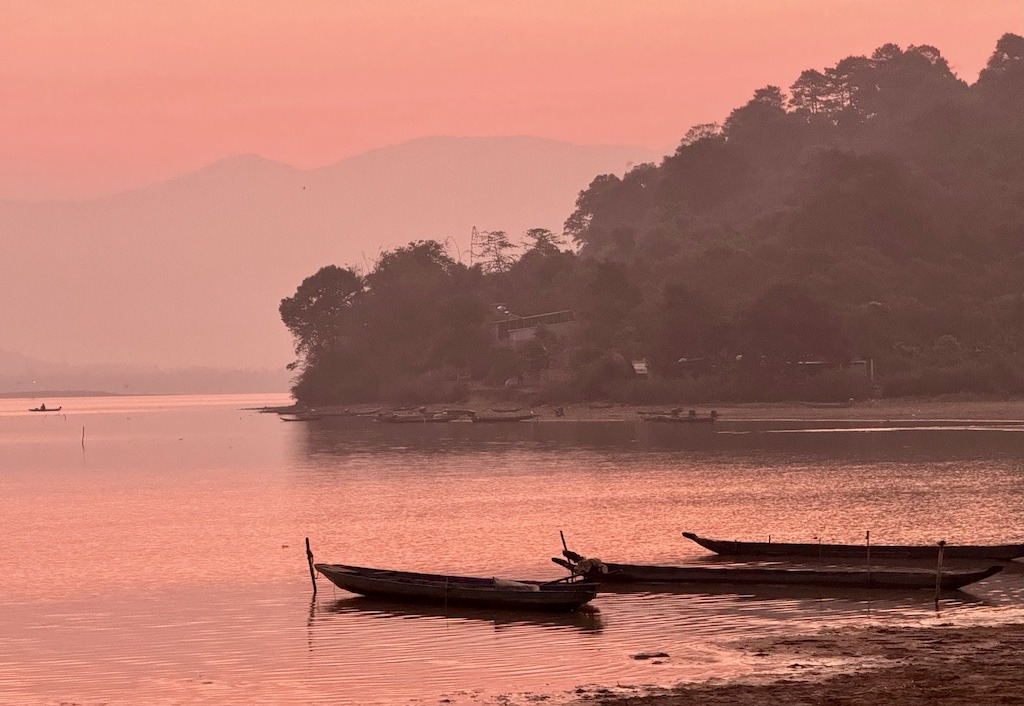
After a full day of riding and exploring sites such as a noodle factory, a dragon fruit farm, and a floating fishing village, we arrived at the lake. A trainer (mahout) and his elephant were on the lakeshore doing a photo shoot with people dressed in native clothing.
The mahout was kind enough to let me hang out with the elephant and feed it bananas. When the photo shoot was done, the mahout rode the elephant across the shallow lake back up into the mountains.
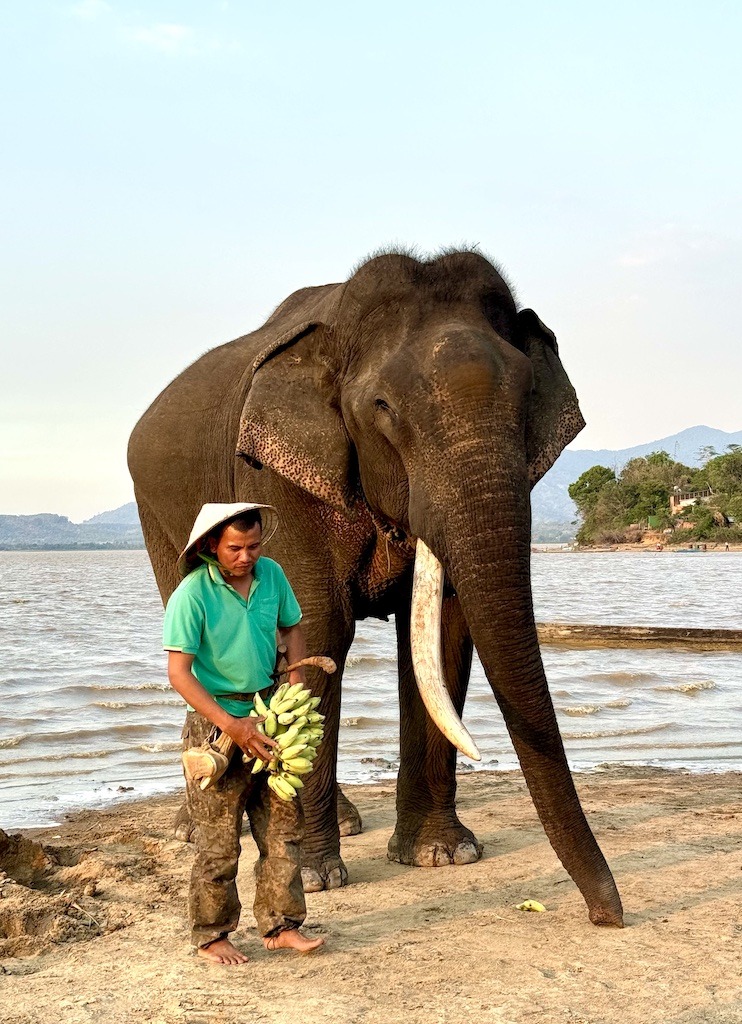
After staying the night at a lakeside hotel, we road past rice and coffee fields and through the mountains to return to Dalat. The mountain scenery was remote and stunning. There were many stops to see the local activities in the small villages. We also visited the famous Pongur waterfalls. Each stop was a great chance to talk to Jack about Vietnam. Plus, everytime we got back on the bike, we said “Hit the road, Jack”.
Overall, the 2-day trip was a chance to see some of the authentic life of Vietnamese villages and the people living and working there.
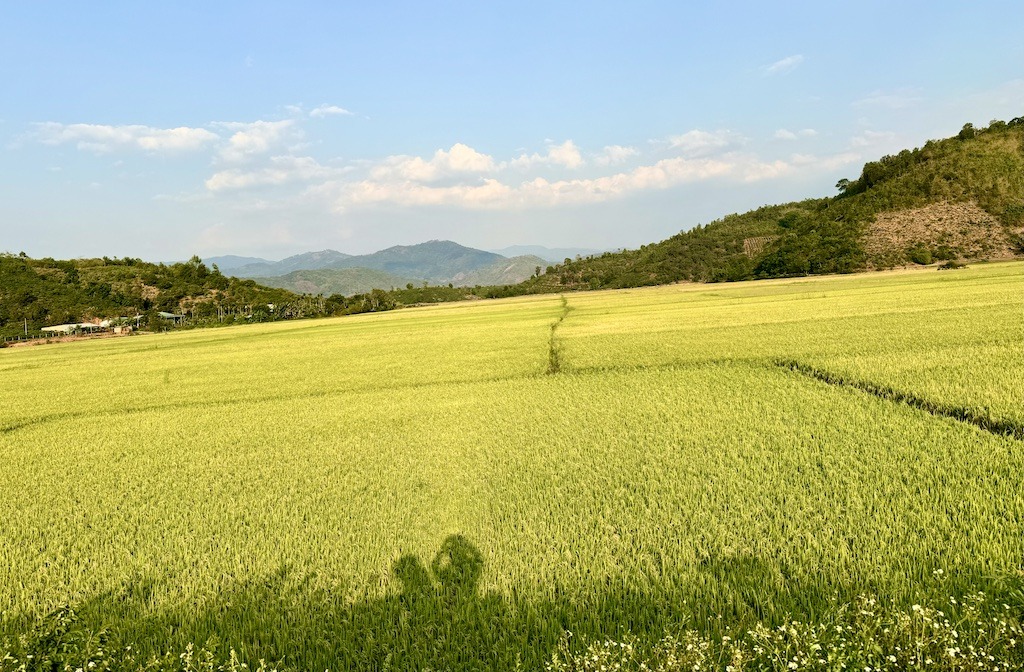
Logistics of the Dalat Easy Rider Tour
Getting to Dalat for an Easy Rider Tour
Dalat has an airport that is easy to get to from anywhere in Vietnam. Most international flights fly to Ho Chi Ming City before transferring to Dalat. It’s about a 40-minute drive from the airport to Dalat city. It’s best to book your transportation to Dalat beforehand so that when you are jetlagged, it’s all taken care of. I use Viator or 12GoAsia to book a taxi in advance. Your driver will hold a sign with your name at arrivals for you. It’s a welcome sight in an unfamiliar place.
Da Lat Accommodations
Sweet Lavender Hotel is a centrally-located hotel for less than $20 US per night. It’s clean and bright in a nice neighborhood with great coffee shops, local restaurants, and a bakery in the nearby alleys. It is the perfect place to meet up with an Easy Rider tour.
Try the Le Macaron City Center Boutique Hotel for a more luxurious stay. It’s a short walk to the Night Market and Xuan Huong Lake. You will be treated like royalty in this stylish hotel.
Staying in Touch with Home on Easy Rider Tour
I’ve become a fan of E-sim cards for communication on international trips. An E-sim card can be bought online and easily installed on your phone before you travel. When you reach your destination, you simply turn on the E-sim in your settings and you have data to use when you are away from Wifi. There is certainly abundant Wifi in Vietnam, but when you are on a river or another outdoor adventure, an E-sim is essential.
I use an Airalo E-sim card for all my international travels. They are significantly less expensive than my phone carrier’s international charges. Plus, it’s easy to top them off when you run low on data.
Wrap Up of Easy Rider Tour in Dalat
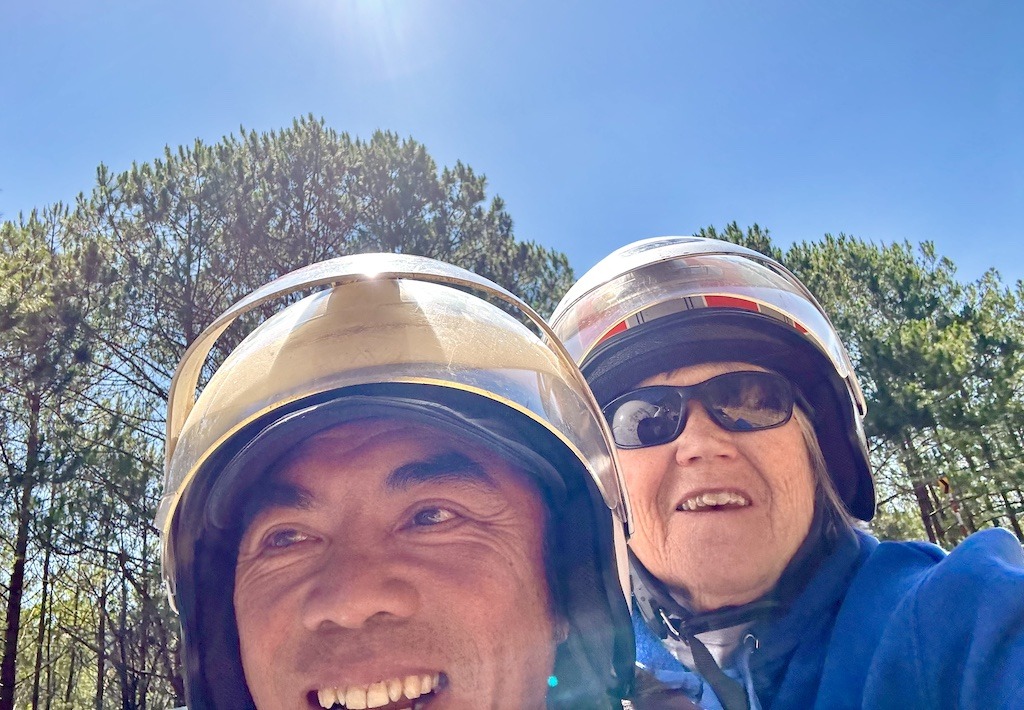
In Vietnam, there is a flow of motorbikes with a silent understanding of who has the right of way. A friendly honk of the horns of the cars or the motorbikes gives drivers an indication as to who should go first. There is a beautiful synchronicity about the traffic. It’s like a well-orchestrated ballet recital, where everyone knows their moves perfectly.
I felt incredibly safe riding through the apparent chaos of the Vietnam roadways with our motorcycle drivers. Jack and Ocean were extremely careful drivers. Plus they were wonderful people. They really wanted us to enjoy the trip. They were responsive to my requests to spend time in nature by reworking the tour slightly to accommodate my desire.
A day-long tour with Easy Rider is a great way to get out of the city and see the nature and culture of the Central Highlands. You will meet the local people producing goods for the market. On each Easy Rider tour, you will ride on pine forest-lined roads past rice fields and picturesque towns. Finally, you will have the adventure of a lifetime on the back of a motorbike with competent, knowledgeable, and personable guides.
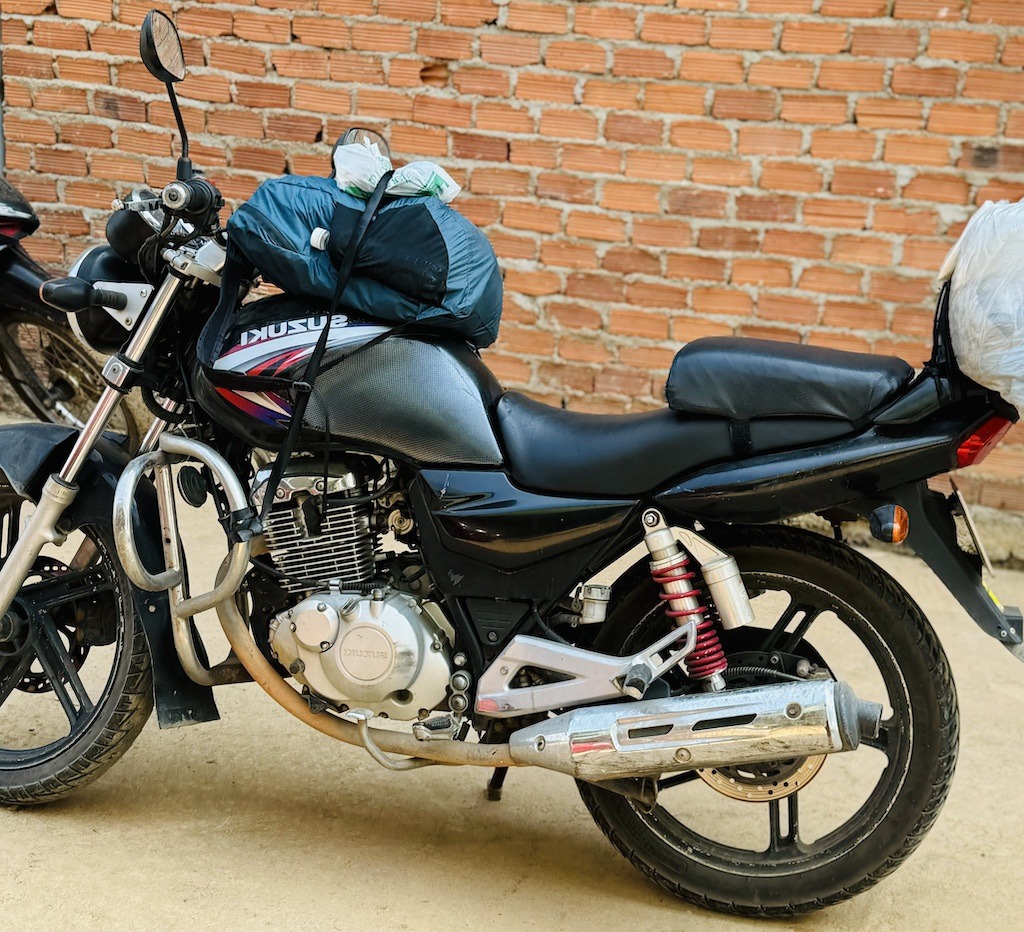
Pin It!
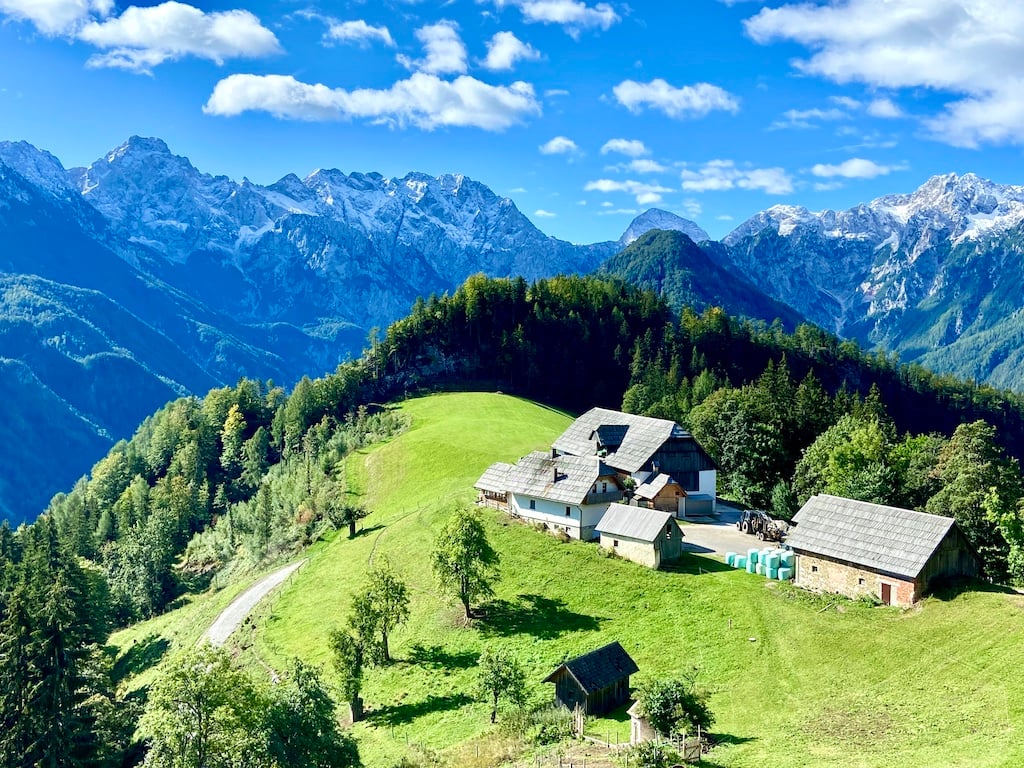
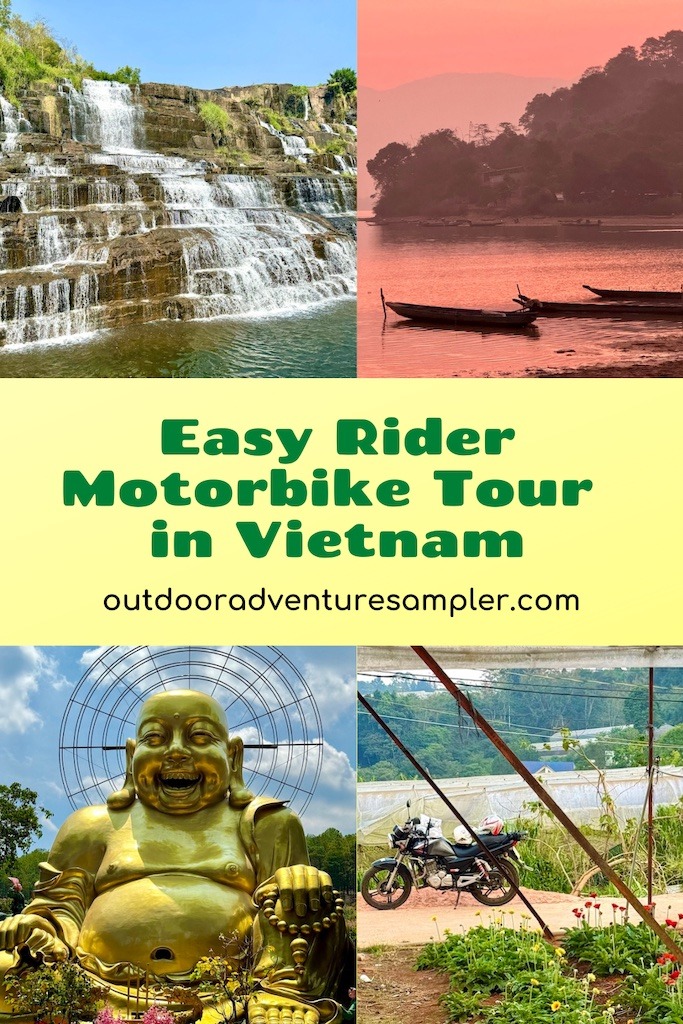
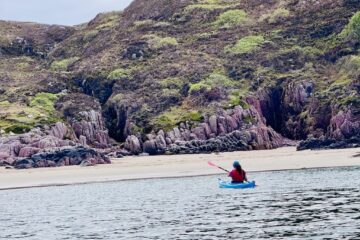
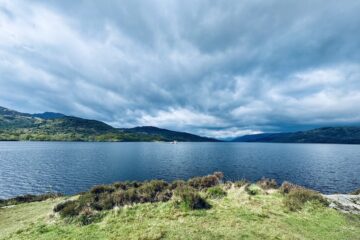
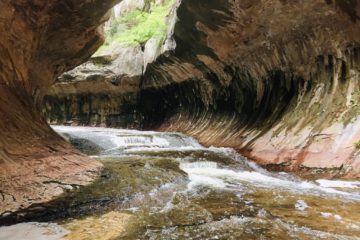
6 Comments
Sonia · August 21, 2024 at 9:05 pm
I really like the idea of taking an Easy Rider tour. It sounds like a low stress way to get a local’s perspective of the area!
Jolayne · August 21, 2024 at 9:17 pm
That weasel coffee is wild!
Christy · August 22, 2024 at 10:35 am
Looks like a fun mode of transportation. Elephant Falls looks so cool and I don’t think I’m brave enough for weasel poop coffee!
Katelynn K. · August 23, 2024 at 9:19 am
This is definitely a ‘get out of your comfort zone’ tour and I love it! A few thoughts, 1 – Strawberry tea sounds delicious! 2- I’m so happy you tried the larvae! It’s a bit scary and very different, but what an experience. Thanks for sharing that. 3 – Elephant falls is so beautiful! I’d be really happy to visit there on a tour.
Trisha Velarmino · August 24, 2024 at 10:58 am
Do I need a special license to rent a motorbike in Vietnam? Do they allow you to self-drive?
Henry · December 12, 2024 at 2:42 pm
I spent a couple of months in Vietnam, and did a motor bike tour out of Dalat. I spent a decent amount of time in the central Highlands (Kontum). It’s great to read about your experience. I briefly lived in Shutesbury (and I lived in western MA for over 40 years), and love your western MA posts as well.